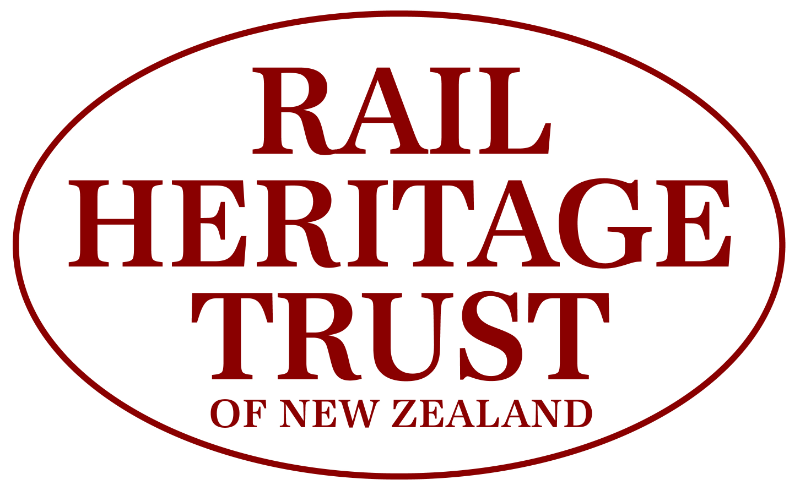New Zealand Heritage Railway Signals
The earliest equipment generally associated with railway signalling consisted of semaphore signals and their connecting pulleys, wires, cranks, rods and large levers installed in signal boxes or on country station platforms. By the early 1900s this equipment was in widespread use.
Tablet working between stations using the Tyer’s No. 7 red tablet machines was introduced rapidly in the early 1900s. Only one tablet could be issued at a time, so that only one train could be on the section between issuing stations.
From the 1920s many large lever-frame signal boxes were converted to operate colour-light signals and motor points, with a number surviving until recently. The sole remaining example in operation is Newmarket. Some signal boxes operating semaphore signals remained until the 1980s (e.g. Aramoho, Lyttelton and Invercargill) but had gone through various modernisation phases with the addition of track circuits, motor points and some colour-light signals.
Power interlockings with colour-light signals, motor points, and lever circuits controlled from miniature lever frames were generally installed from about 1930 onwards (e.g. Auckland and Wellington). Relay interlockings controlled from key switch panels were generally adopted as the new standard to replace miniature lever frames from about 1950. A number of miniature lever frames still exist (e.g. Auckland, Wellington and Addington).
The first installation of automatic signalling, utilising upper-quadrant power-operated semaphore signals, was between Wellington and Lower Hutt in 1921, extended through to Upper Hutt. It was then installed on the Midland Line and between Auckland and Hamilton using multi-aspect colour-light signals. This was followed by installations with searchlight signals on new lines in the late 1930s and early 1940s (e.g. Waipara-Picton, Stratford-Okahukura and Stillwater-Westport).
Double-line automatic signalling in the Auckland, Wellington, Christchurch and Dunedin areas was generally installed from the 1920s/1930s in conjunction with line duplication. It was also extended south to Hamilton in the 1950s.
Centralised Traffic Control (CTC) on single lines was first installed in the late 1930s and installation rapidly spread from the 1950s, reaching maximum route kilometres installed about 1988.
Track Warrant Control was implemented from 1989 to replace tablet working (only Featherston-Woodville section left as at April 1993), and to eliminate most single-line automatic signalling working; and CTC on lightly-trafficked lines.
Implementation has helped eliminate most semaphore signals (left only at Inglewood, Carterton and Masterton) and all large lever-frame signal boxes, except Newmarket.
Much obsolete equipment (e.g. shelf-mounted relays, CTC relay telemetry equipment) has been replaced in recent years and new technology equipment has been installed.
Signal Register
There are no items of the type signal in the register.
